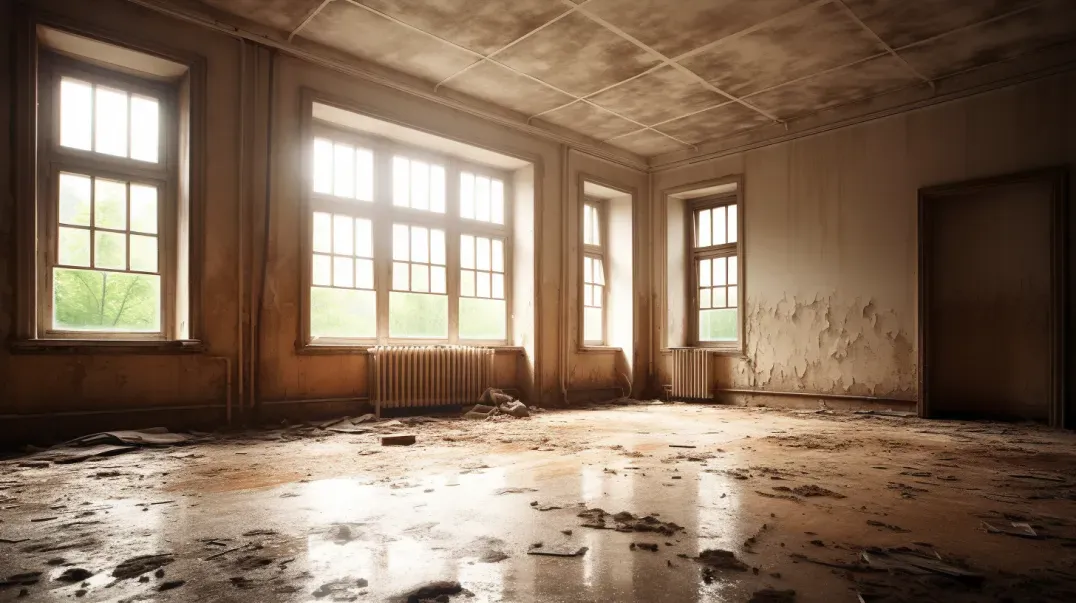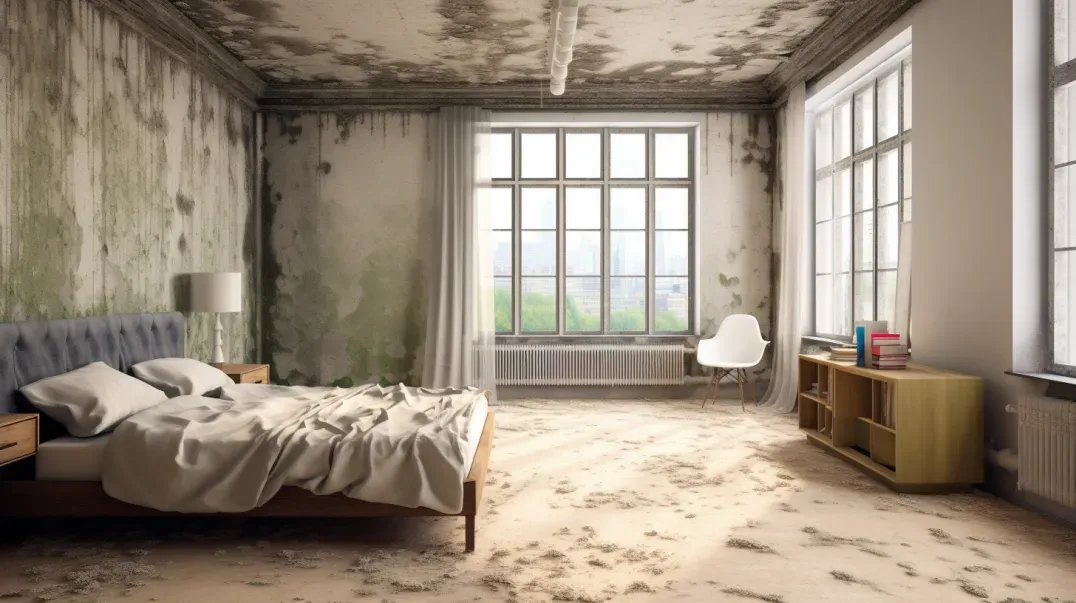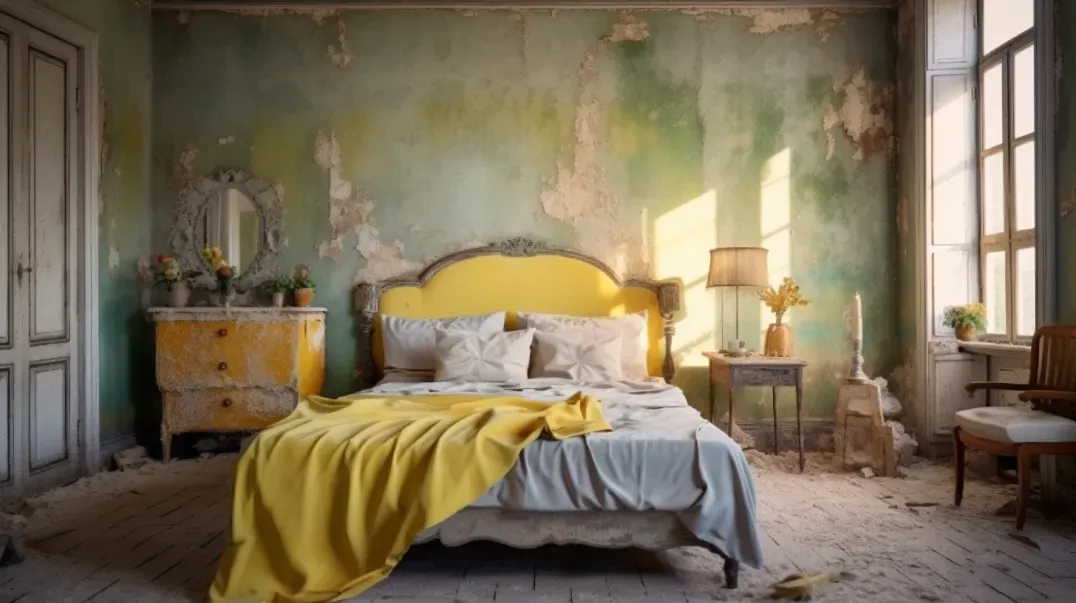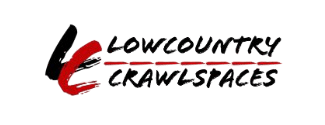How to Identify and Prevent Bathroom Mold
In the realm of health and hygiene, the adage "an ounce of prevention is worth a pound of cure" has never been more pertinent. As we navigate through an ever-evolving landscape of health challenges, the importance of early identification and proactive prevention measures emerges as a cornerstone of individual and community well-being. This blog delves into the critical role that early detection and preventive strategies play in safeguarding health, emphasizing how these practices can significantly impact our quality of life.
Early identification of potential health risks, from infectious diseases to environmental hazards, allows for timely intervention, reducing the severity of outcomes and, in many cases, preventing the onset of illness altogether. Similarly, adopting preventive measures, whether through vaccination, lifestyle modifications, or hygiene practices, serves as a shield, protecting us and those around us from various health threats.
This exploration will highlight the multifaceted benefits of early identification and prevention, illustrating how these approaches contribute not only to individual health but also to the broader goal of public health security. From reducing the burden on healthcare systems to fostering a culture of health awareness and responsibility, the ripple effects of these proactive measures are profound.
Join us as we unpack the significance of staying one step ahead in the pursuit of health and hygiene, offering insights, tips, and strategies to empower you and your loved ones to lead healthier, more resilient lives. Whether it's through regular health screenings, embracing healthy habits, or staying informed about health advisories, this exploration will underscore the pivotal role each of us plays in the collective journey toward wellness.
Understanding Bathroom Mold
Mold in the bathroom is a common issue that many homeowners face. The warm, humid environment of a bathroom provides the perfect conditions for mold spores to thrive and multiply. Understanding the causes of mold in bathrooms and recognizing the types of mold that are commonly found can help in effectively preventing and addressing mold issues. This section explores the factors contributing to mold growth in bathrooms, the types of mold that are typically present, and how to identify them.
What Causes Mold in Bathrooms?
Explanation of How Constant Moisture Creates a Breeding Ground for Mold: Mold growth in bathrooms is primarily due to constant moisture. Mold spores are present in the air and only need moisture, warmth, and organic material to grow. Bathrooms, with their frequent use of water and often inadequate ventilation, offer mold spores the damp surfaces they need to colonize.
Common Sources of Moisture in Bathrooms:
- Showers and Baths: The use of hot water creates steam, which increases the room's humidity. Without proper ventilation, this moisture settles on walls, ceilings, and other surfaces.
- Leaks: Leaky faucets, pipes, and fittings can provide a continuous source of moisture in hidden areas, making them prime spots for mold growth.
- Lack of Ventilation: Inadequate ventilation fails to remove humid air from the bathroom, allowing it to condense on cooler surfaces and promote mold growth.
Types of Mold Commonly Found in Bathrooms
Description of Typical Bathroom Molds:
- Black Mold (Stachybotrys chartarum): Often referred to as toxic mold, black mold is particularly concerning due to the mycotoxins it can produce. It appears as dark black or greenish-black patches and prefers constantly wet surfaces.
- Mildew: Mildew is a surface mold that grows in flat patterns and can appear powdery or fluffy. It is usually white or gray and is often found on grout lines or shower curtains.
Visual and Olfactory Indicators of Mold Presence:
- Visual Indicators: Mold can manifest as speckled black or green patches on walls, ceilings, and silicone sealants around the shower or bathtub. Discoloration of grout lines or peeling wallpaper can also indicate moisture problems and potential mold growth.
- Olfactory Indicators: A musty, earthy smell is a strong indicator of mold presence, even if the mold is not visibly apparent. This odor can help identify hidden mold behind walls or under flooring.
Understanding the causes and types of mold found in bathrooms is crucial for maintaining a healthy living environment. By addressing the sources of moisture and improving ventilation, homeowners can significantly reduce the risk of mold growth. Recognizing the signs of mold presence allows for early intervention, preventing the spread and minimizing health risks associated with mold exposure.
Identifying Signs of Bathroom Mold
Mold in the bathroom is not just a cosmetic issue—it can also pose significant health risks. Early identification is key to preventing mold from spreading and causing more serious problems. Understanding how to recognize visible signs of mold and being aware of health symptoms related to mold exposure can help you take timely action. This section covers how to spot mold in your bathroom and the health implications of mold exposure.
Visible Signs of Mold
How to Spot Mold Growth on Walls, Ceilings, and Grout: Mold often appears as a patch or series of speckles in shades of black, green, or white. In bathrooms, look for mold on damp walls, ceilings, especially above the shower or bathtub, and in the grout between tiles. Mold can also grow around windows, under sinks, and around any leaky fixtures.
- Walls and Ceilings: Look for discolored patches or spots that may indicate mold growth. These can vary in color and size and often appear in corners or near sources of moisture.
- Grout: Mold in grout lines may appear as black or dark green speckles, contrasting with the lighter color of the grout. It may also cause the grout to deteriorate.
- Differences Between Mold and Other Common Bathroom Stains: Distinguishing mold from other stains is crucial for proper cleaning and prevention.
- Soap Scum: Often white or gray, soap scum accumulates on surfaces but lacks the fuzzy or slimy texture of mold.
- Mineral Deposits: Hard water can leave behind mineral deposits that are crusty or chalky, unlike the soft, fuzzy appearance of mold.
Health Symptoms Related to Mold Exposure
Physical Symptoms That Might Indicate Mold Presence: Exposure to mold can cause a variety of health symptoms, especially in individuals with allergies, asthma, or compromised immune systems. Common symptoms include:
- Respiratory Issues: Coughing, wheezing, and difficulty breathing can be exacerbated by mold exposure.
- Allergic Reactions: Sneezing, itchy eyes, and skin rashes are common allergic responses to mold.
- Fatigue and Headaches: Prolonged exposure to mold can lead to unexplained fatigue and persistent headaches.
- When to Be Concerned About Health Impacts: If you or your family members experience persistent health symptoms without a clear cause, and you've noticed signs of mold in your bathroom, it may be time to investigate further. Individuals with pre-existing respiratory conditions or allergies should be particularly cautious, as mold can exacerbate these issues. Consulting with a healthcare provider can help determine if mold exposure is contributing to your symptoms.
Identifying signs of bathroom mold early and understanding the potential health impacts are crucial steps in maintaining a healthy living environment. By regularly inspecting your bathroom for visible signs of mold and being mindful of health symptoms related to mold exposure, you can take proactive measures to mitigate mold growth and protect your and your family's health.
Preventive Measures for Bathroom Mold
Bathroom mold is a common issue that can be prevented with the right strategies. High humidity levels and poor ventilation in bathrooms create the perfect conditions for mold growth. Implementing effective ventilation practices and controlling humidity are key steps in preventing mold. This section explores practical measures to enhance air circulation and manage moisture levels in your bathroom.
Effective Ventilation
Importance of Exhaust Fans and Window Usage: Proper ventilation is crucial in preventing bathroom mold. Exhaust fans play a vital role in removing moist air from the bathroom, especially after showers or baths. If your bathroom has a window, opening it during and after showering can also help ventilate the space and reduce moisture.
Tips for Improving Air Circulation:
- Regular Use of Exhaust Fans: Ensure the exhaust fan is on during showers or baths and keep it running for at least 20-30 minutes afterward to effectively remove moisture from the air.
- Maintenance of Ventilation Systems: Clean exhaust fans regularly to ensure they are functioning efficiently. Check for any blockages in the vents that may impede air flow.
- Strategic Use of Windows and Doors: When weather permits, open windows and doors to promote cross-ventilation and reduce humidity levels. However, be mindful of outdoor humidity levels to avoid introducing more moist air into the space.
Controlling Humidity Levels
Use of Dehumidifiers and Moisture Absorbers: In addition to ventilation, dehumidifiers can significantly reduce humidity levels in bathrooms, especially in regions with high ambient humidity. Moisture absorbers, such as silica gel packs, can also be used in cabinets and closets to protect towels and toiletries from moisture.
Daily Habits to Reduce Humidity:
- Wiping Down Surfaces: After showering, use a squeegee or towel to wipe down shower walls, doors, and any other wet surfaces. This simple habit can remove a significant amount of moisture.
- Minimizing Indoor Drying: Avoid drying towels or clothes in the bathroom, as this adds moisture to the air. Instead, dry items outdoors or in a well-ventilated area.
- Managing Shower Temperature and Duration: Hotter and longer showers produce more steam. Reducing the temperature and duration of showers can help minimize moisture release into the air.
By incorporating these ventilation and humidity control measures, you can create an environment that is less conducive to mold growth. Regularly monitoring and adjusting your strategies based on seasonal changes and bathroom usage patterns can further enhance your efforts to maintain a mold-free bathroom. Preventing mold not only protects the structural integrity of your bathroom but also contributes to a healthier indoor air quality for you and your family.
Regular Cleaning and Maintenance
Maintaining a mold-free home requires more than just occasional deep cleaning; it necessitates a commitment to regular cleaning routines and diligent maintenance. Mold thrives in moist environments, making bathrooms, kitchens, and other high-moisture areas prime targets for mold growth. Implementing consistent cleaning practices and maintaining your home to prevent moisture accumulation can significantly reduce the risk of mold. This section outlines effective cleaning routines and maintenance tips to keep mold at bay.
Cleaning Routines to Combat Mold
Recommended Cleaning Agents and Natural Alternatives: When it comes to cleaning mold-prone areas, both commercial cleaning agents and natural alternatives can be effective. For tougher mold stains, bleach or hydrogen peroxide-based cleaners can be used, but always with adequate ventilation. Natural alternatives like vinegar or a mixture of baking soda and water can also be effective for regular cleaning and mild mold issues.
- Vinegar: An all-natural mold killer, vinegar can be sprayed directly onto moldy surfaces and left to dry without rinsing. Its acidic nature helps prevent mold growth.
- Baking Soda: Mixed with water into a paste, baking soda can be applied to moldy grout or surfaces, scrubbed, and then rinsed away, neutralizing mold and absorbing moisture
.
Focus on High-Risk Areas Like Showers, Sinks, and Toilets: Regularly cleaning areas that are frequently exposed to water can prevent mold spores from taking root. Pay special attention to:
- Showers and Bathtubs: Clean tiles, curtains, and any surface that comes into contact with water. Ensure shower doors and curtains are left open after use to improve drying.
- Sinks and Countertops: Wipe down surfaces to remove moisture and inspect for leaks regularly.
- Toilets: Clean around the base and tank where condensation can form, using mold-inhibiting cleaners.
Maintenance Tips to Prevent Mold Growth
Regular Checks for Leaks and Water Damage: Inspecting your home for leaks in pipes, roofs, windows, and appliances can prevent unnoticed water accumulation that could lead to mold growth. Address any leaks or water damage immediately to minimize moisture.
Sealant and Grout Maintenance to Prevent Water Seepage: Over time, sealants and grout can deteriorate, allowing water to seep into walls and floors, creating a perfect environment for mold. Regularly:
Inspect and Replace Sealant: Check the sealant around showers, bathtubs, sinks, and windows. If it's peeling or cracked, remove the old sealant and apply a new layer.
Maintain Grout: Clean grout lines regularly and reseal them as needed to prevent water absorption.
By adopting these cleaning routines and maintenance practices, homeowners can significantly reduce the likelihood of mold growth in their homes. Regularly dedicating time to these tasks not only keeps your living spaces clean and healthy but also helps in early identification of potential mold issues, allowing for prompt action to prevent widespread mold infestation.
Long-Term Strategies for a Mold-Free Bathroom
Maintaining a mold-free bathroom requires more than just regular cleaning; it involves strategic planning, from the selection of materials used in bathroom construction to the daily habits that contribute to a dry and healthy environment. This section explores effective material choices to prevent mold growth and lifestyle adjustments that can significantly reduce the risk of mold in your bathroom.
Material Choices to Prevent Mold
Selecting Mold-Resistant Paint, Tiles, and Fixtures: When renovating or constructing a bathroom, choosing materials designed to resist mold can provide long-term protection against moisture and mold growth.
- Mold-Resistant Paint: These paints contain antimicrobial agents that inhibit mold growth on painted surfaces, ideal for high-moisture areas like bathrooms.
- Tiles: Porcelain and ceramic tiles are non-porous, making them resistant to mold and mildew. Using them on floors and walls can help keep the bathroom mold-free.
- Fixtures: Opt for fixtures made of materials that do not harbor mold. Metal and certain plastics are good choices for faucets, showerheads, and other fixtures.
Importance of Quality Materials in Bathroom Construction: Investing in high-quality, mold-resistant materials during the construction phase can save time and money in the long run by preventing mold-related damages. Quality materials not only resist mold growth but also withstand the rigors of daily bathroom use, maintaining their integrity and appearance over time.
Lifestyle Adjustments for Mold Prevention
Daily Habits and Routines to Keep the Bathroom Dry and Mold-Free: Incorporating simple daily habits can significantly impact the moisture levels in your bathroom, reducing the risk of mold growth.
- Ventilation: Use exhaust fans during and after showers or baths to remove moist air. If possible, open a window to allow fresh air to circulate.
- Wipe Down Surfaces: After showering, use a squeegee or towel to wipe down shower walls, doors, and any other wet surfaces to remove excess moisture.
- Fix Leaks Promptly: Regularly check for and repair any leaks in faucets, showerheads, and toilets to prevent standing water and moisture accumulation.
- Educating Household Members on Mold Prevention: Ensuring that all household members understand the importance of mold prevention and how their actions can contribute to a mold-free bathroom is crucial. Educate them on the proper use of ventilation, the importance of keeping surfaces dry, and the need to report leaks or mold sightings immediately. Creating a shared responsibility for mold prevention can help maintain a healthy bathroom environment for everyone.
By combining thoughtful material choices with proactive lifestyle adjustments, homeowners can create a long-term strategy for maintaining a mold-free bathroom. These measures not only contribute to a healthier living space but also enhance the durability and aesthetic appeal of your bathroom, ensuring it remains a comfortable and safe environment for all household members.
FAQs
Contact Lowcountry Crawlspaces Today!
Lowcountry Crawlspaces will do everything we can to ensure your experience with us is excellent.
Request A FREE Estimate
CHECKOUT RECENT POST



Schedule Your FREE Crawl Space Evaluation Today
There Is No Crawl Space Job We Can’t Fix!




